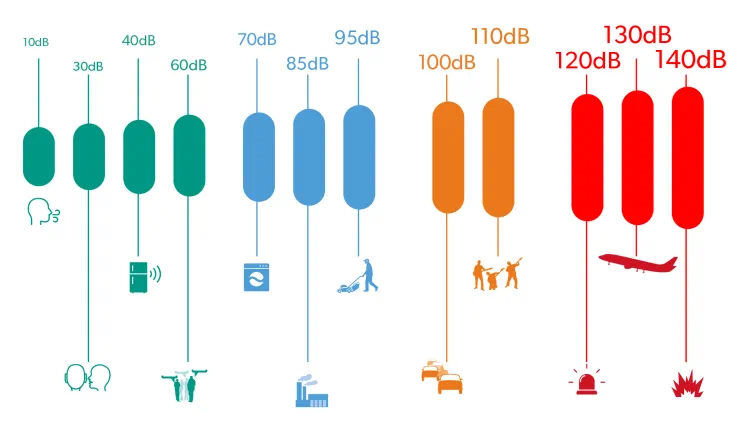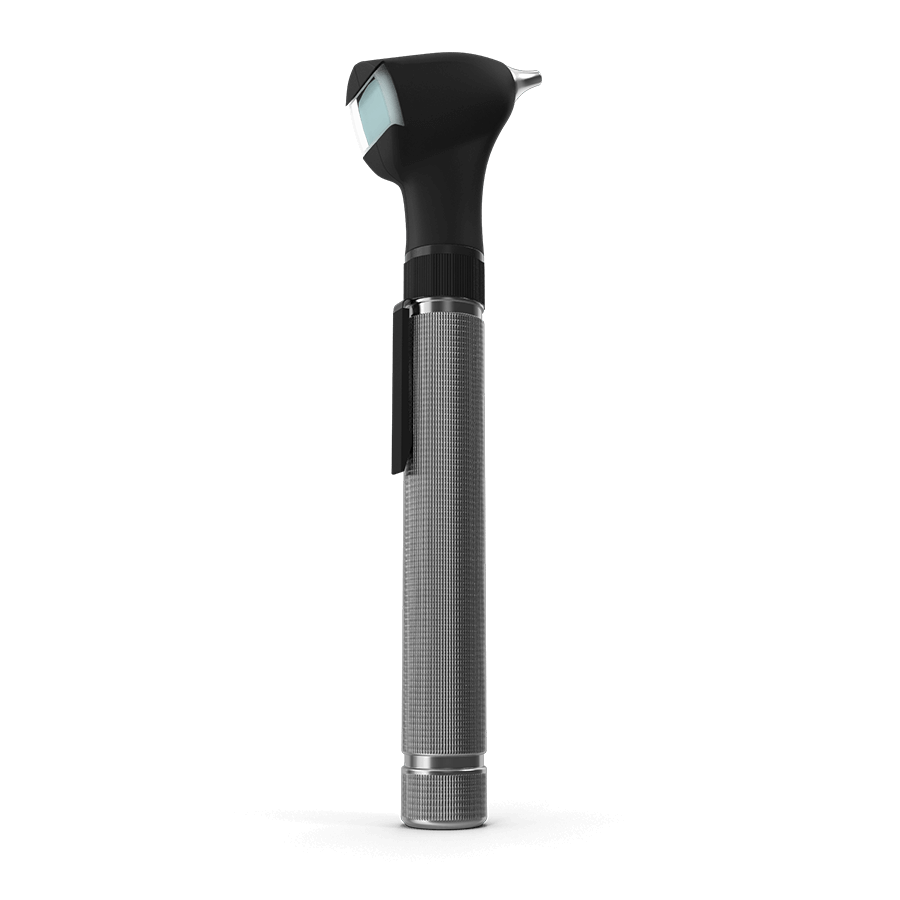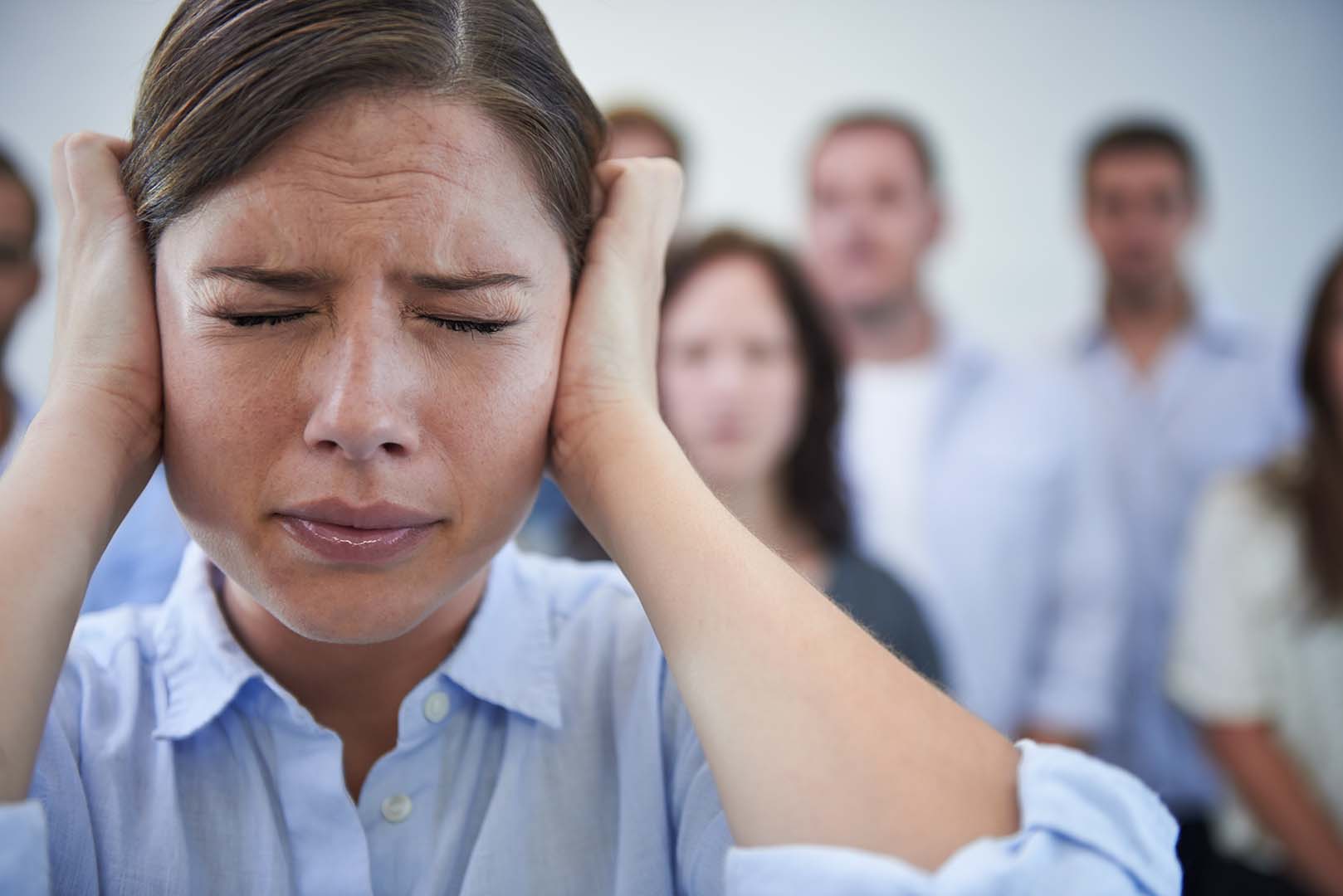Noise-induced hearing loss (NIHL) is an often overlooked yet significant public health issue that can affect anyone. It arises when the sensitive structures in the inner ear are damaged by exposure to loud noise, whether instantaneously or through long-term exposure. The human ear is built to process sound vibrations, but these structures are delicate and can be harmed by levels that exceed safe limits.
Sound is measured in decibels (dB), and prolonged exposure to levels from 85 dB can start affecting hearing health. To put it into perspective, everyday activities such as city traffic can reach around 85 dB, while a rock concert or a chainsaw might emit noise at levels above 100 dB. The higher the decibel level, the shorter the time it takes for damage to occur. Exposing yourself repeatedly to these levels can result in permanent hearing loss.
NIHL is preventable, but many people remain unaware of the potential risks. One of the challenges with noise-induced damage is that it accumulates over time. Many people might not notice any immediate effects after exposure to loud environments; however, subtle changes can take place, including experiencing ringing in the ears (tinnitus) or struggling to hear high-pitched sounds. Over time, the damage becomes more apparent as the ability to hear softer sounds diminishes and communication difficulties arise.
Hearing protection, such as earplugs or noise-cancelling devices, can be effective in mitigating damage when used properly. Avoiding prolonged exposure to loud environments or taking breaks in quieter spaces can also make a difference. Additionally, monitoring the decibel levels using smartphone apps or other devices can increase awareness and promote safer practices.

Protecting hearing health involves more than just physical prevention; it requires awareness and routine check-ups. Audiologists and hearing specialists play a critical role in diagnosing and advising on treatment options or lifestyle changes to protect or improve hearing health. For those already affected by hearing loss, early intervention can help maintain a better quality of life. Strategies may include the use of hearing aids or other assistive listening devices.
The journey to safeguarding hearing can start with small steps like reducing the volume on personal audio devices or choosing quieter leisure activities. Parents should also be mindful of protecting their children’s hearing by limiting their exposure to loud toys or high-decibel environments.
While complete prevention is ideal, realising that even occasional exposure can have an impact is crucial. For instance, if you’ve attended a loud event and find yourself with a ringing sensation in your ears afterward, it’s a sign that your hearing has been affected, even if temporarily. Consistent occurrences of such events can lead to cumulative damage.
In conclusion, while noise-induced hearing loss is common and preventable, it requires a conscious effort from individuals and awareness at a societal level. Public campaigns, education, and regular hearing assessments are necessary steps to foster a culture of ear health.









